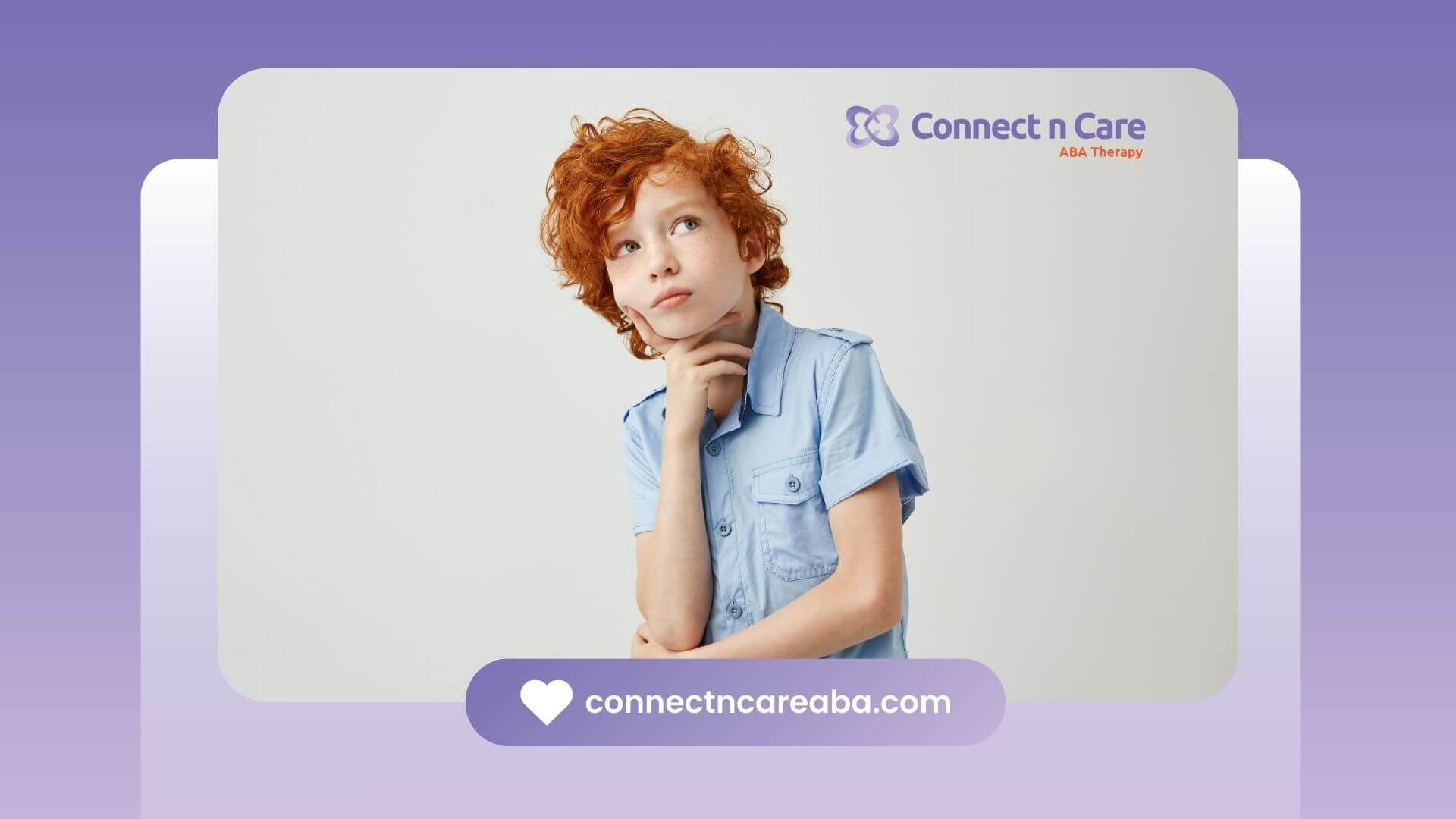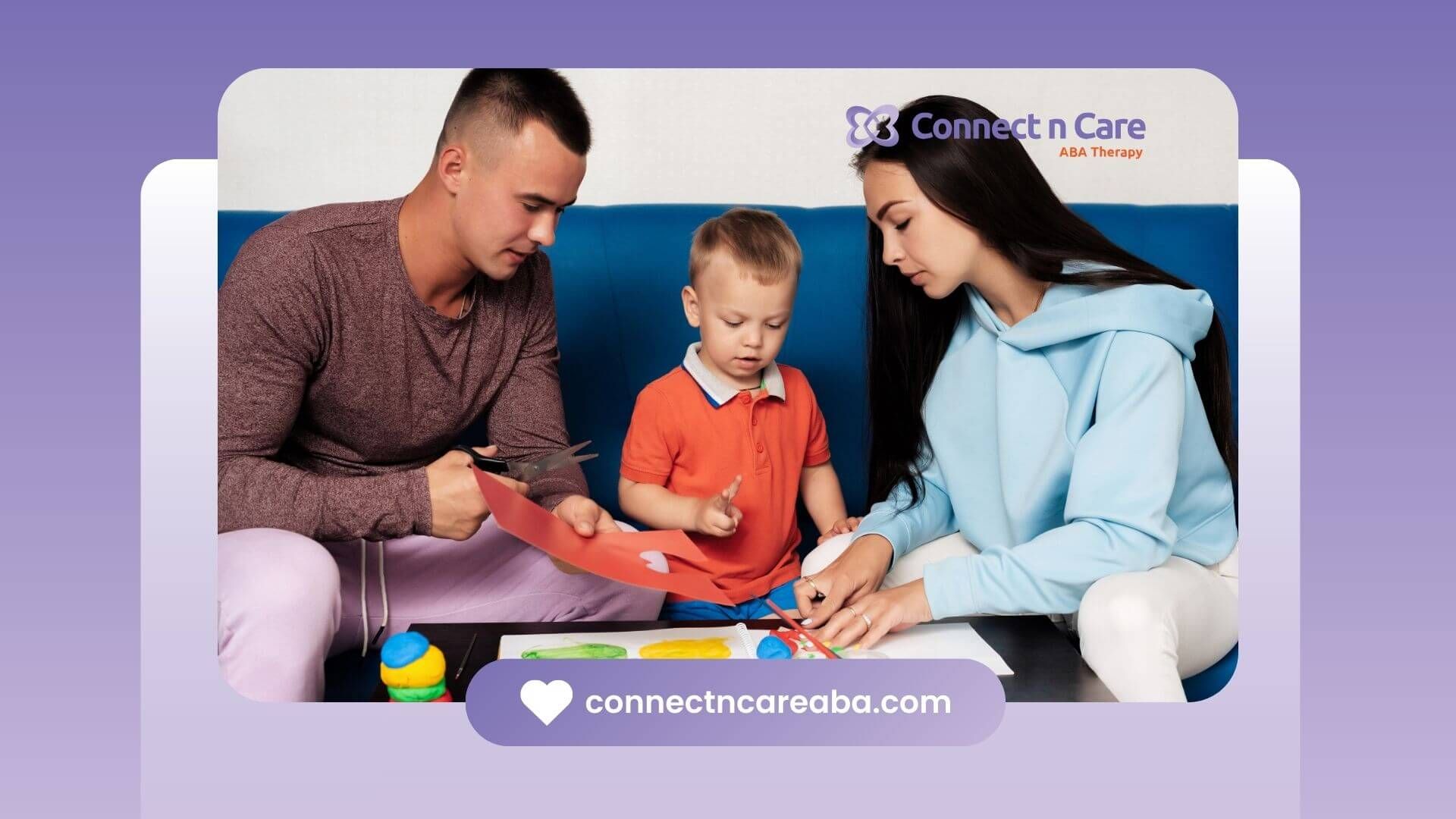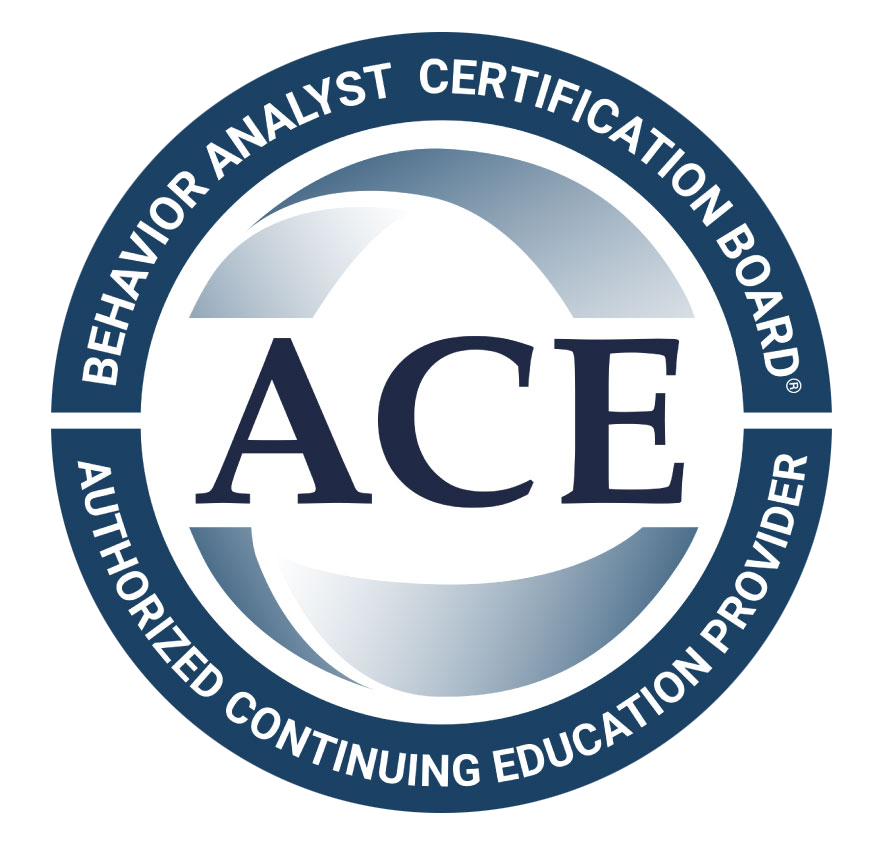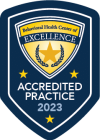Autism Spectrum Disorder (ASD) is most commonly diagnosed in childhood, but many adults live for years without realizing they may be on the spectrum. Perhaps you've always felt a bit different, struggled with social interactions, or preferred routines more than others. If you’ve ever wondered, “Could I be autistic?”, you’re not alone.
With increasing awareness of neurodiversity, more adults are recognizing signs of autism in themselves and seeking a formal diagnosis. Understanding the signs, taking self-assessments, and seeking professional evaluations are key steps in answering this important question.
In this blog, we’ll walk you through the signs of autism in adults, how to perform a self-check, the steps to getting a formal diagnosis, and what support is available afterward.
Understanding Autism in Adults
Autism is a neurodevelopmental condition that affects how people communicate, interact, and experience the world. While it’s a lifelong condition, its presentation can vary widely between individuals—hence the term “spectrum.”
Some adults may have subtle symptoms that were overlooked during childhood. Others may have developed coping mechanisms that masked their traits for years. That’s why adult autism can sometimes go unrecognized, especially in women or individuals assigned female at birth, who may “camouflage” their symptoms more effectively.
Common Signs of Autism in Adults
Autism presents differently in adults compared to children, but several core characteristics tend to persist. Below are some common signs and traits:
1. Social Communication Challenges
- Difficulty with small talk or social chit-chat
- Trouble interpreting body language, tone, or facial expressions
- Feeling socially awkward or out of place
- Struggling to form or maintain friendships
- Preferring solitude over group activities
2. Restricted or Repetitive Behaviors
- Strong need for routine or sameness
- Intense focus on specific interests or hobbies
- Repeating words, phrases, or actions (echolalia or stimming)
- Discomfort with unexpected changes
3. Sensory Sensitivities
- Overreacting to sounds, lights, smells, or textures
- Avoidance of certain clothing materials or food textures
- Feeling overwhelmed in busy environments
4. Cognitive and Emotional Patterns
- High attention to detail
- Difficulty multitasking
- Struggles with managing emotions or anxiety
- Experiencing burnout or shutdowns from social or sensory overload
It’s important to note that autism doesn’t “look” the same in every adult. Many individuals may exhibit only some of these traits, and they can vary in intensity.
Why Some Adults Go Undiagnosed
There are several reasons why autism might not be identified until adulthood:
- Lack of awareness during earlier years
- Mild or subtle symptoms that didn’t raise concern
- Coping strategies or masking that hid signs from others
- Gender biases in how autism is assessed or perceived
- Misdiagnosis with conditions like ADHD, anxiety, or depression
Recognizing these factors can empower individuals to seek answers and clarity later in life.
Can You Self-Check for Autism?
While a formal diagnosis must come from a qualified professional, there are several self-assessment tools that can help you reflect on your traits and experiences.
Popular Self-Screening Tools:
- Autism Spectrum Quotient (AQ): A 50-question test that measures the degree of autistic traits
- RAADS-R (Ritvo Autism Asperger Diagnostic Scale): Designed for adults, especially those with average or above-average intelligence
- Aspie Quiz: An informal online quiz that assesses neurodiverse traits
These tools aren't diagnostic but can be helpful in identifying whether further assessment is warranted.
Tips for Taking a Self-Assessment:
- Answer honestly, based on how you naturally behave—not how you’ve trained yourself to act
- Reflect on your childhood experiences, as many traits begin early in life
- Take the quiz more than once or discuss the results with someone you trust
Steps to Getting an Adult Autism Diagnosis
If your self-assessment suggests you may be on the autism spectrum, you may want to seek a formal diagnosis. Here’s what the process typically looks like:
1. Start with Your Primary Care Provider
Your general practitioner (GP) can refer you to a specialist who evaluates adults for autism. Be prepared to discuss your concerns and symptoms.
2. Find a Qualified Specialist
Psychiatrists, psychologists, neurologists, or developmental disorder specialists with experience in autism are best suited for the diagnosis. Some specialize in adult evaluations specifically.
3. Undergo a Comprehensive Evaluation
This may include:
- Detailed personal and developmental history
- Interviews with family members, if possible
- Standardized tests and behavioral assessments
- Review of any previous diagnoses (like ADHD or anxiety)
The process may take several appointments and can feel intense—but it's also incredibly validating and clarifying for many adults.
4. Receive Your Diagnosis (or Not)
Some people may receive an autism diagnosis, while others may be told they do not meet the full criteria. Either way, the process can be helpful in understanding yourself better and accessing appropriate support.
Benefits of an Autism Diagnosis in Adulthood
Some adults worry that receiving a diagnosis later in life might not be “worth it.” But many find it to be a life-changing step. Here are some benefits:
- Self-understanding: Finally having an explanation for lifelong patterns
- Access to support services: Including therapy, accommodations, or community groups
- Legal protections: Under laws like the ADA (Americans with Disabilities Act)
- Validation and empowerment: Realizing that you’re not “broken” or “weird”
It can also be helpful when navigating relationships, work environments, and mental health support.
Life After Diagnosis: What Comes Next?
After a diagnosis, you may feel a mix of relief, confusion, and curiosity. Here are steps you can take to move forward:
1. Seek Professional Support
Therapists who understand autism in adults can help you process your diagnosis, explore strategies for managing stress, and build social or communication skills.
2. Join a Community
Connect with others on the spectrum through local groups, online forums, or social media. Hearing others’ experiences can be incredibly affirming.
3. Consider Accommodations
If your autism impacts your work or education, you may qualify for accommodations like noise-canceling headphones, flexible scheduling, or communication support.
4. Explore Therapies and Services
Some adults benefit from services such as:
- Cognitive Behavioral Therapy (CBT) adapted for autism
- Occupational therapy for sensory processing or executive functioning challenges
- Speech-language therapy for communication skills
ABA therapy, often associated with children, can also be adapted for adults in some settings to support skill-building and behavioral goals.
Final Thoughts
If you’ve ever asked yourself, “How can an adult check if they have autism?”—the answer starts with awareness and curiosity. Self-assessments, reflection, and speaking with professionals are important steps toward understanding yourself and accessing the right support.
You deserve clarity, support, and the opportunity to live life on your terms. At Connect n Care, we believe that it’s never too late to seek answers or support. Whether you're newly diagnosed or exploring your neurodiversity, we're here to help you navigate your journey with compassion and care.
Frequently Asked Questions
Can you be slightly autistic and not know it?
Yes. Autism is a spectrum, and some individuals have traits that are subtle or mild. These traits may not interfere significantly with daily life but can still cause challenges, especially in social or sensory situations.
What happens if autism goes undiagnosed in adulthood?
Undiagnosed adults may struggle with anxiety, depression, burnout, or feeling misunderstood. A diagnosis can help provide clarity, access to support, and reduce self-blame for past difficulties.
Can adults benefit from autism therapies like ABA?
Yes. While ABA is often associated with children, adults can also benefit from individualized behavioral support, especially when tailored to real-life goals like job readiness, communication, or daily living skills.
Sources:
- https://pmc.ncbi.nlm.nih.gov/articles/PMC10060524/
- https://autismawarenesscentre.com/understanding-echolalia-in-autism-spectrum-disorders/
- https://www.autismspeaks.org/sensory-issues
- https://autism.org/gender-and-autism/
- https://pmc.ncbi.nlm.nih.gov/articles/PMC3134766/









